Introduction The ABB IMMFC03 Processor Module is a key component in industrial automation systems, offering high reliability and performance. Designed for seamless integration into ABB control systems, this module ensures efficient processing and communication for various applications. Key Features of ABB IMMFC03 Processor Module The ABB IMMFC03 module comes with several advanced features that enhance its usability in industrial environments: Compact Design: Measuring 7.1 cm × 31.2 cm × 17.6 cm, the module is built to fit efficiently within control system enclosures. Lightweight: Weighing only 0.92 kg, it is easy to install and handle. High Performance: Designed for fast and reliable data processing, ensuring optimal system operation. Compatibility: Works seamlessly with ABB automation systems, enhancing system flexibility. Technical Specifications Understanding the technical details of the ABB IMMFC03 Processor Module helps in selecting the right component for industrial applications. Model:IMMFC03 Dimensions:7.1 cm × 31.2 cm × 17.6 cm Weight:0.92 kg Application:Industrial control systems Communication:Supports ABB system protocols Power Requirements:Optimized for energy-efficient operation Applications of ABB IMMFC03 Processor Module This processor module plays a crucial role in industrial automation and control. Some key applications include: Manufacturing Plants: Used for process automation, ensuring smooth operations. Energy and Utilities: Helps in monitoring and controlling power systems. Oil and Gas Industry: Assists in managing critical industrial processes. Chemical Processing: Enhances efficiency and safety in chemical production. Advantages of Using ABB IMMFC03 Processor Module Investing in the ABB IMMFC03 Processor Module offers multiple benefits, including: Reliability: Built for long-term performance in demanding environments. Efficient Data Processing: Ensures accurate and timely control responses. Scalability: Can be integrated into various automation systems, allowing for future upgrades. Energy Efficiency: Optimized for low power consumption, reducing operational costs. Conclusion The ABB IMMFC03 Processor Module is a vital component in industrial automation, offering a balance of performance, reliability, and efficiency. Its compact size, lightweight design, and compatibility with ABB systems make it a valuable asset in industrial control applications. Whether used in manufacturing, energy, or process industries, this module delivers exceptional results, ensuring smooth and efficient operations.
Read More
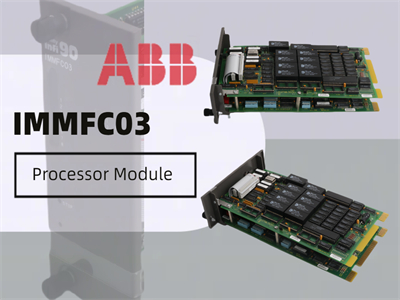
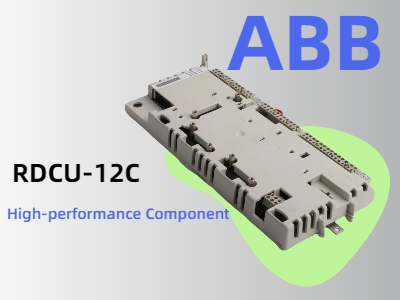
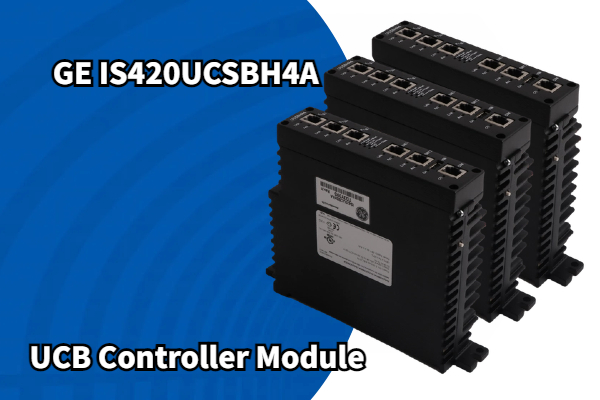
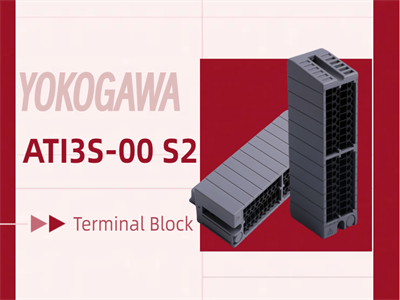
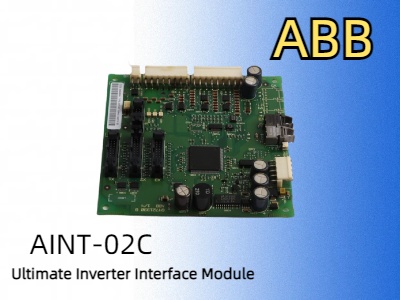
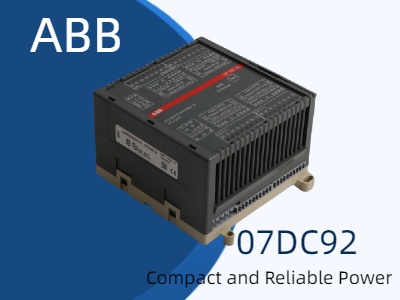


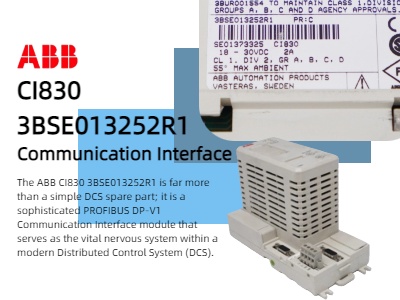

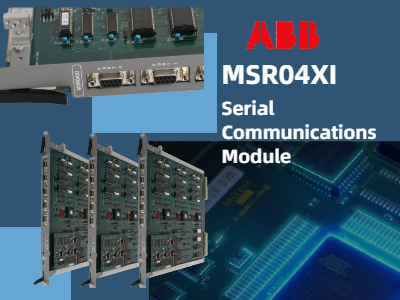
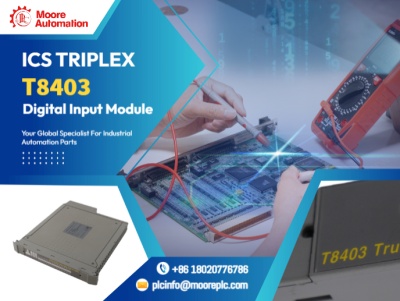












 IPv6 network supported
IPv6 network supported